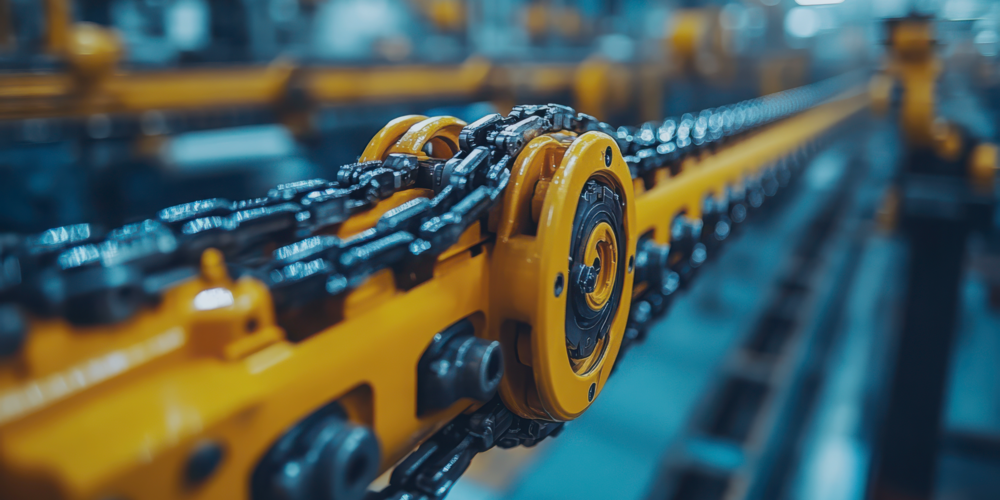
What Every Duty Holder Should Know About Lifting Equipment Lifespans
Lifting equipment is the backbone of any manufacturing operation. But like any asset, it doesn't last forever. Understanding the appropriate timing for repairing, replacing, or upgrading your lifting equipment is crucial for preventing expensive breakdowns. By making informed decisions, you can enhance the longevity of your assets and ensure that your facility operates safely and efficiently.
1. How Long Does Lifting Equipment Last?
The lifespan of lifting gear varies depending on:
Type of Equipment:
-
Wire Ropes & Textiles: Short Lifespan
-
Chain Slings and Rigging Hardware: Medium Lifespan
-
Manual Lifting Machines: Medium to Long Lifespan
-
Hoists & Cranes: Long Lifespan
Usage Frequency:
-
Heavy use (multiple shifts daily) will shorten lifespan
-
Light use (occasional lifting) may extend it
Environment:
-
Humid, corrosive, or dusty settings can accelerate wear
2. Signs Your Lifting Gear Needs Replacing
Duty Holders should be aware of the following warning signs:
-
Frayed wire ropes – visible breaks, kinks, corrosion
-
Elongated chains – stretched links, surface cracking
-
Hoist issues – inconsistent movement, odd noises, overheating
-
Degraded slings – worn stitching, cuts, abrasions
3. How Regular Thorough Examinations Extend Lifespan
Regular LOLER (Lifting Operations and Lifting Equipment Regulations) thorough examinations (or LOLER inspection as it may be known) help identify wear and tear before it leads to equipment failure. The recommended frequency schedule is as follows:
-
- **Every 6 Months:** Thoroughly Examine chains, slings, accessories and man riding equipment.
-
- **Every 12 Months:** Thoroughly Examine Cranes, lifting machines and lifting structures.
**Bonus Tip:** Implement a preventative maintenance plan to detect early signs of wear and tear.
4. Replacement vs. Repair: Making an Informed Decision
When deciding whether to repair or replace equipment, assessing the specific circumstances is important.
-
**Repair** is often suitable for situations with minor wear and easily replaceable parts, provided there is no significant structural damage. This option can be cost-effective for routine maintenance needs.
-
On the other hand, **replacement** may be the better choice if you are facing repeated issues, extensive structural damage, or outdated and inefficient equipment.
Additionally, it's crucial to consider the overall costs involved. Evaluate the expenses associated with repairs compared to investing in new equipment while also factoring in potential production losses if the equipment fails. This comprehensive approach will help ensure that you make the most prudent decision.
5. Staying Ahead of Equipment Failure – A Proactive Approach
-
Maintain Digital Inspection Records: Track service dates, findings, and action points.
-
Regular Staff Training: Ensure operators can spot early signs of damage during pre-use interim inspections
-
Partner with a Reliable Supplier: Access to replacement parts, service plans, and upgrade options
Conclusion:
Knowing how long your lifting equipment should last is essential for planning maintenance, replacements, and upgrades. You can keep your facility running smoothly and avoid those pesky downtime costs by staying proactive!
If you need guidance on when to replace your equipment, feel free to contact our team. We're happy to help with consultations or book a lifting equipment inspection for you!



